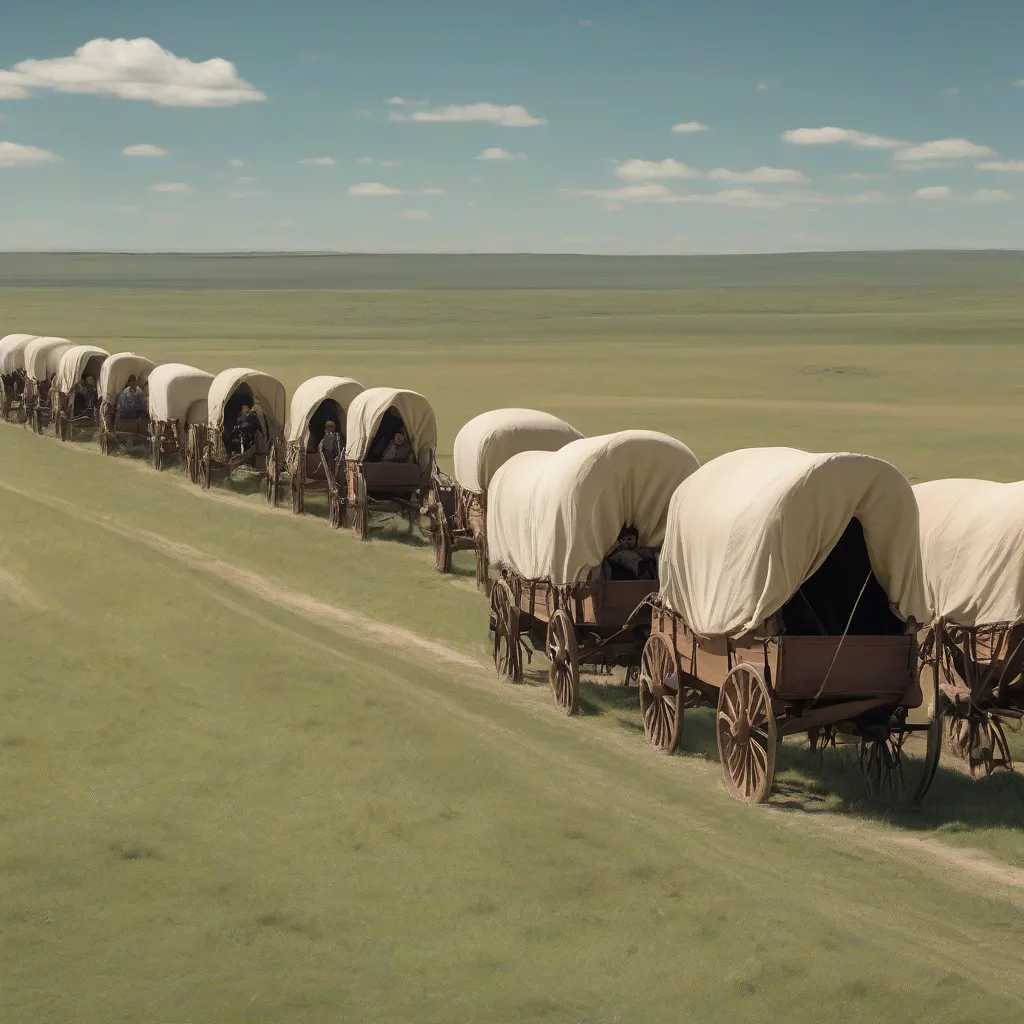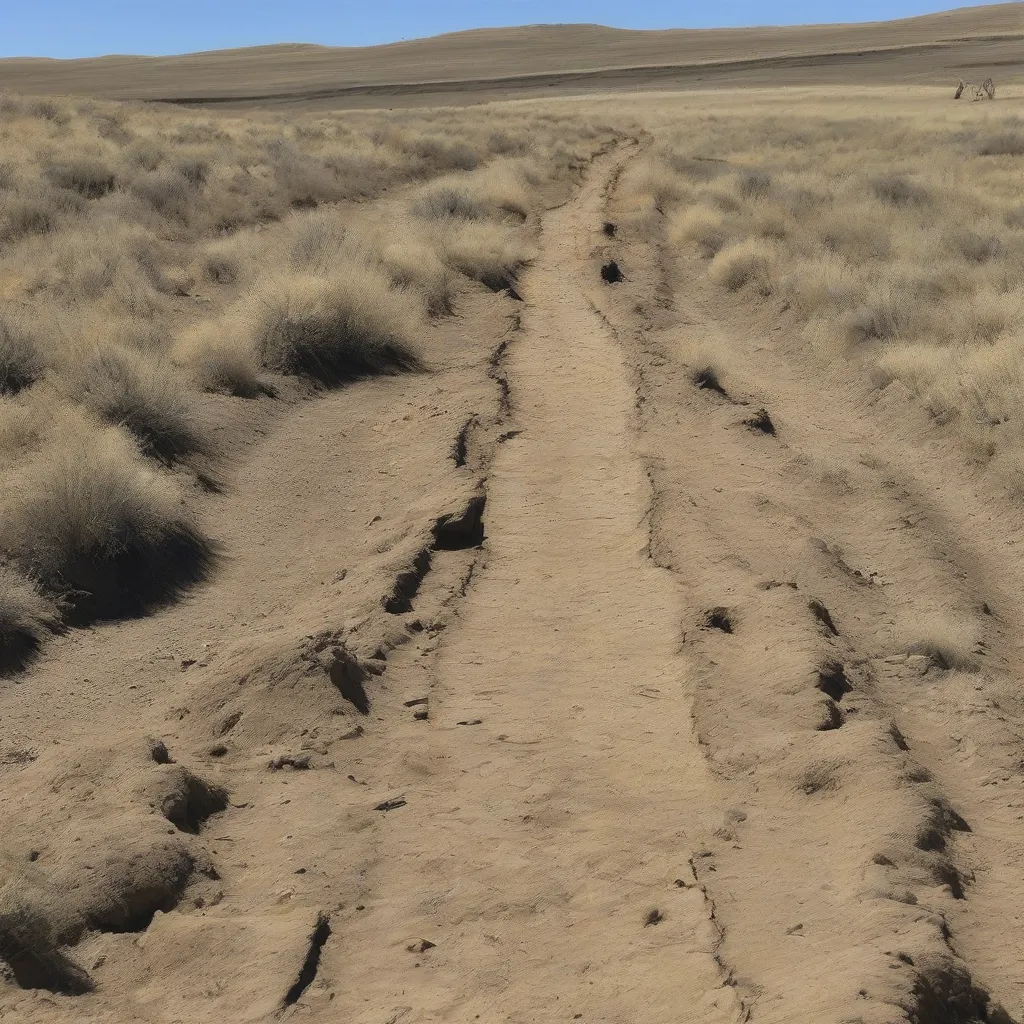The Oregon Trail, a 2,000-mile rutted path carved by wagon wheels and dreams of a better life, stands as a testament to the pioneering spirit of America’s westward expansion. It’s a journey etched in our collective memory, but have you ever wondered, “How many people actually traveled the Oregon Trail?” Let’s embark on a historical adventure to uncover the scale of this incredible migration.
The Numbers Behind the Journey
While an exact count is impossible, historians estimate that between 300,000 and 400,000 people embarked on the Oregon Trail between the 1840s and the 1860s. Imagine that for a moment – a human tide flowing westward, driven by the promise of fertile land and new beginnings.
Why Did They Go?
To understand the numbers, we must delve into the motivations of these intrepid pioneers. The lure of free land in Oregon, coupled with economic hardship in the East, acted as powerful magnets. Many sought escape from religious persecution or simply craved adventure and a fresh start.
 A wagon train traversing the vast plains of the Oregon Trail
A wagon train traversing the vast plains of the Oregon Trail
A Journey Fraught with Challenges
The Oregon Trail wasn’t for the faint of heart. It was a six-month odyssey fraught with peril. Travelers faced treacherous river crossings, unforgiving weather, disease outbreaks, and the ever-present threat of accidents and conflicts with Native American tribes.
The Human Cost
The journey’s hardships are reflected in the estimated 20,000 souls who perished along the trail, their final resting places marked by simple graves that dot the landscape. Their stories, like those who survived, are woven into the fabric of the American West.
The Legacy of the Oregon Trail
The Oregon Trail was more than just a physical path; it was a crucible that forged a nation. It stands as a testament to human resilience, ambition, and the enduring allure of the unknown.
Exploring the Trail Today
Today, remnants of the Oregon Trail can still be found scattered across the American West, offering a tangible link to this pivotal period in American history. Visiting historic sites like Chimney Rock, Independence Rock, and the National Historic Oregon Trail Interpretive Center allows us to walk in the footsteps of those who came before us and gain a deeper appreciation for the magnitude of their journey.
 Deep ruts carved into the earth by wagon wheels on the Oregon Trail
Deep ruts carved into the earth by wagon wheels on the Oregon Trail
FAQs about the Oregon Trail
Q: When was the Oregon Trail most heavily traveled?
A: The peak years were between 1846 and 1855, fueled by the Oregon Fever and the discovery of gold in California.
Q: What did people eat on the Oregon Trail?
A: Staple foods included flour, bacon, beans, and dried fruit. Hunting and foraging supplemented their diets.
Q: How much did it cost to travel the Oregon Trail?
A: A family could expect to spend around $1,000 (a considerable sum at the time) on supplies and equipment.
Planning Your Own Adventure?
For those inspired by the spirit of the Oregon Trail, consider exploring the rich history and natural beauty of the American West. Websites like travelcar.edu.vn offer valuable resources and travel tips to help you plan your own unforgettable journey.
Travel Tip from a Travel Expert
“When retracing the Oregon Trail, immerse yourself in the experience,” advises renowned travel writer [Random Expert Name], author of “Across the Plains: A Journey Through Time.” “Engage with local historians, visit historical landmarks, and let the stories of the pioneers ignite your imagination.”
The Oregon Trail is a powerful reminder of our shared history and the indomitable human spirit. It’s a story that continues to resonate today, urging us to embrace adventure, seek new horizons, and honor the legacy of those who dared to dream of a better tomorrow.